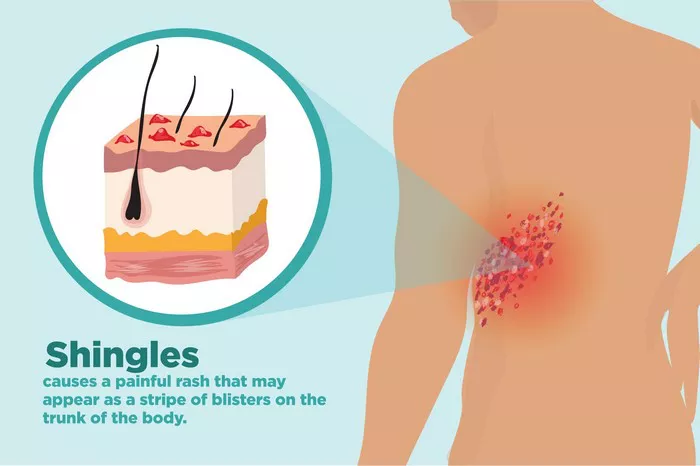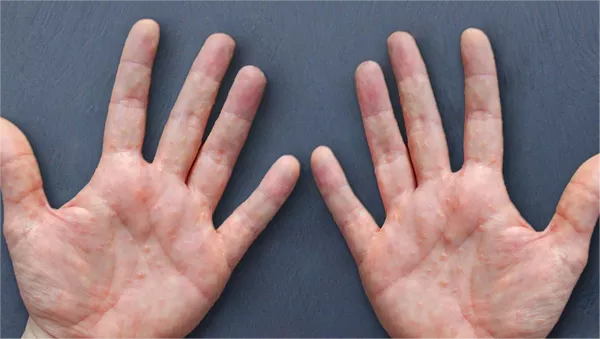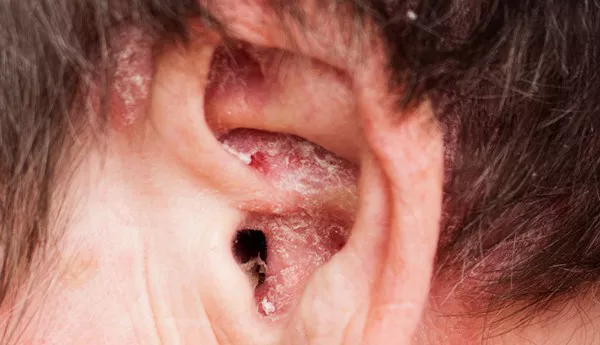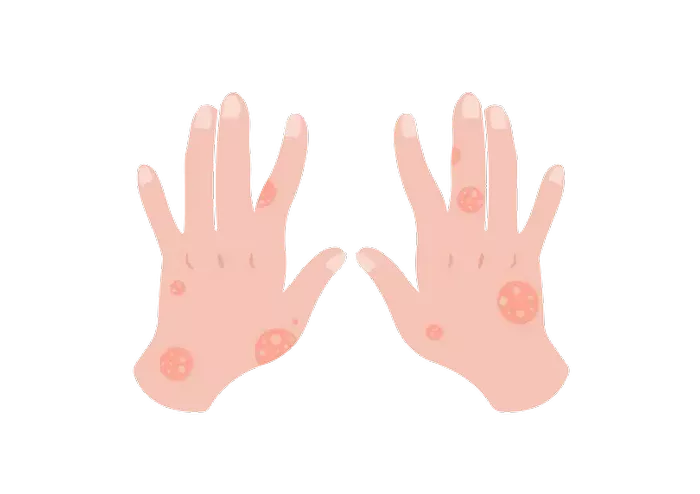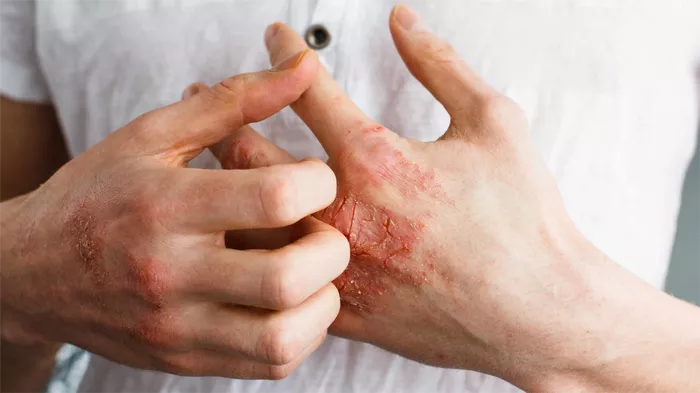Herpes Zoster, commonly known as shingles, is a viral infection caused by the varicella-zoster virus, the same virus responsible for chickenpox. After a person has recovered from chickenpox, the virus remains dormant in the body’s nerve tissue and can reactivate years later as shingles. This reactivation leads to a painful rash that typically appears on one side of the body, following a specific nerve pathway.
SEE ALSO: What Are the Major Causes of Shingles?
Importance of Early Recognition
Early recognition of shingles is crucial for timely treatment, which can significantly reduce the severity and duration of symptoms, as well as the risk of complications. Recognizing the signs and symptoms early allows for prompt medical intervention, potentially minimizing the impact of this often debilitating condition.
Common Signs and Symptoms
Pain
One of the hallmark symptoms of shingles is pain, which often precedes the appearance of the rash. This pain is usually described as burning, stabbing, or shooting and can vary in intensity. Some individuals experience mild discomfort, while others endure severe pain. This pain typically develops in the area where the rash will later appear and can be mistaken for other conditions, such as a pulled muscle or a heart-related issue, depending on its location.
Rash
The most recognizable symptom of shingles is the rash, which usually develops a few days after the onset of pain. The rash begins as small red spots that quickly evolve into clusters of fluid-filled blisters. These blisters often resemble those of chickenpox but are usually confined to a specific area of the body, following the path of a nerve. Over time, the blisters burst, ooze, and eventually crust over, forming scabs. The rash typically heals within two to four weeks, but it can leave behind scars or changes in skin pigmentation.
Other Symptoms
In addition to pain and the characteristic rash, shingles may cause a variety of other symptoms. These can include:
Fever: A mild to moderate fever may accompany the onset of shingles.
Chills: Some individuals experience chills, particularly during the early stages of the infection.
Headache: Shingles can cause headaches, often related to the viral infection and associated inflammation.
Fatigue: Many people with shingles report feeling tired or lethargic.
Sensitivity to Touch: The skin over the affected area can become extremely sensitive to touch, making even light contact painful.
Location
The shingles rash typically appears in a band-like pattern, following the course of a nerve pathway. This pattern is often limited to one side of the body and commonly occurs on the torso, such as along the ribs or around the waist. However, shingles can also affect other areas, including the face, neck, or eyes. When shingles affect the face, it can involve the eye, leading to a condition known as ophthalmic shingles, which requires immediate medical attention due to the risk of vision loss.
Stages of Shingles
Prodromal Stage
The prodromal stage is the initial phase of shingles, occurring before the rash appears. During this stage, individuals may experience early symptoms such as pain, itching, or tingling in the area where the rash will later develop. This stage can last several days and is often the time when patients begin to suspect that something is wrong, though they may not yet recognize it as shingles.
Acute Stage
The acute stage of shingles is when the rash is most prominent. Blisters form rapidly, filling with fluid and often becoming quite painful. The blisters may merge to form larger areas of inflammation. Over time, the blisters begin to burst and crust over, a process that can take several weeks. This is the stage where the rash is most visible and where the pain is often at its peak.
Postherpetic Neuralgia Stage
In some cases, individuals who have had shingles continue to experience pain in the affected area even after the rash has cleared. This condition is known as postherpetic neuralgia (PHN). PHN is a complication of shingles that occurs when the nerve fibers damaged by the virus send confused and exaggerated pain signals to the brain. The pain associated with PHN can be severe and debilitating, lasting for months or even years.
Distinguishing Shingles from Similar Conditions
Comparison with Chickenpox
Although shingles and chickenpox are caused by the same virus, they manifest differently. Chickenpox is characterized by a widespread rash that typically covers the entire body, whereas shingles is localized to a specific area and follows a nerve pathway. Additionally, while chickenpox is usually associated with mild itching, shingles is often accompanied by significant pain, which is a distinguishing factor between the two conditions.
Differentiating from Other Conditions
Several other conditions can produce symptoms similar to those of shingles, making it important to differentiate them. For example:
Contact Dermatitis: This skin condition results from exposure to an irritant or allergen, causing redness, itching, and sometimes blistering, but it does not follow a nerve pathway and is not usually painful.
Allergic Reactions: Allergic reactions can cause hives or rashes that may resemble shingles, but they are typically more widespread and do not follow a nerve distribution.
Other Skin Infections: Bacterial or fungal infections can cause localized redness and blisters, but they often lack the intense pain and nerve involvement seen in shingles.
Importance of Seeking Medical Attention
Prompt Diagnosis and Treatment
If you suspect you have shingles, it is essential to seek medical attention promptly. Early diagnosis is key to managing the condition effectively. A healthcare provider can confirm the diagnosis based on your symptoms and may recommend antiviral medications to reduce the severity and duration of the illness.
Benefits of Early Treatment
Antiviral medications, such as acyclovir, valacyclovir, or famciclovir, are most effective when started within 72 hours of the appearance of the rash. Early treatment can help reduce the intensity of the symptoms, speed up the healing process, and lower the risk of developing complications such as postherpetic neuralgia.
Conclusion
In summary, shingles is a painful condition caused by the reactivation of the varicella-zoster virus. Recognizing the signs and symptoms early—such as localized pain, a distinctive rash, and other systemic symptoms—is crucial for prompt treatment. Early diagnosis and antiviral therapy can reduce the severity of the illness and the risk of complications. While shingles can be challenging, it is treatable, and vaccination provides a powerful tool for prevention. If you suspect you have shingles, seeking medical attention promptly can make a significant difference in your recovery and overall outcome.
Realted Topics:

